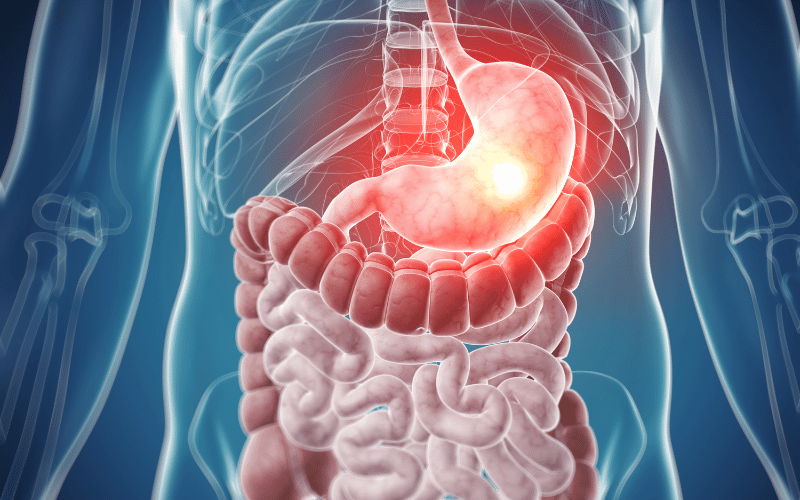Introduction: A Primer on Gastrointestinal Stromal Tumor (GIST) Symptoms

Health is a tapestry, woven intricately with various threads of symptoms, signs, and medical conditions. Among the myriad conditions that can affect our well-being, Gastrointestinal Stromal Tumor (GIST) stands out. A lesser-known yet impactful ailment, GIST poses its own set of unique challenges.
GIST is more than just a mere medical term. It represents a journey, often silent and unnoticed, that countless individuals undergo. Early detection, as with many health conditions, plays a pivotal role in managing and potentially overcoming GIST. Hence, recognizing its symptoms is not just essential; it’s life-saving.
Yet, the symptoms of GIST often disguise themselves as mundane health glitches, leading many to overlook them. From mild abdominal discomfort to unexplained weight loss, the manifestations are as varied as they are deceptive. To add to the complexity, GIST doesn’t always announce its presence loudly. Many times, its symptoms are subtle, lurking in the background until they can no longer be ignored.
It is this deceptive nature of GIST that underscores the importance of being well-informed. Through the ensuing sections, we will embark on a journey to unveil these symptoms, throwing light on each one’s nuances. As we navigate the corridors of knowledge, let’s arm ourselves with awareness and empower those around us to do the same. After all, when it comes to health, knowledge isn’t just power; it’s the beacon that leads us to wellness.
1. Abdominal Pain: GIST’s Most Subtle Warning Sign
Abdominal pain, a common symptom in various ailments, takes on a specific shade when related to GIST. This pain isn’t always the sharp, shooting type we’re familiar with. More often, it’s a dull, persistent ache, subtly indicating that something’s amiss. The tumor’s growth often exerts pressure on surrounding tissues, resulting in discomfort.
Individuals might often confuse this pain with regular digestive issues. It’s a challenge pinpointing GIST as the culprit, primarily because the abdomen houses numerous organs, each with its potential ailments. The location of the pain varies, depending on the tumor’s position. For example, a tumor near the stomach’s entrance might result in pain that feels closer to the chest.
Interestingly, the size of the tumor doesn’t always correlate with the pain’s intensity. Some with a small tumor might experience significant discomfort, while others with a larger mass may feel only mild pain. This unpredictability makes it even more enigmatic. GIST’s growth pattern also factors into this; a rapidly growing tumor might elicit more noticeable discomfort.
Several external factors can aggravate this pain. Overeating or indulging in spicy foods, for instance, might exacerbate the discomfort. Physical activity or specific body positions can also intensify the ache. Monitoring the pain’s frequency, duration, and triggers can provide valuable insights.
What sets GIST-related pain apart is its persistence. Unlike typical stomach aches that might come and go, this discomfort lingers, often becoming a silent companion. Observing any change in the nature or intensity of abdominal pain can be crucial in understanding the underlying dynamics. (1)